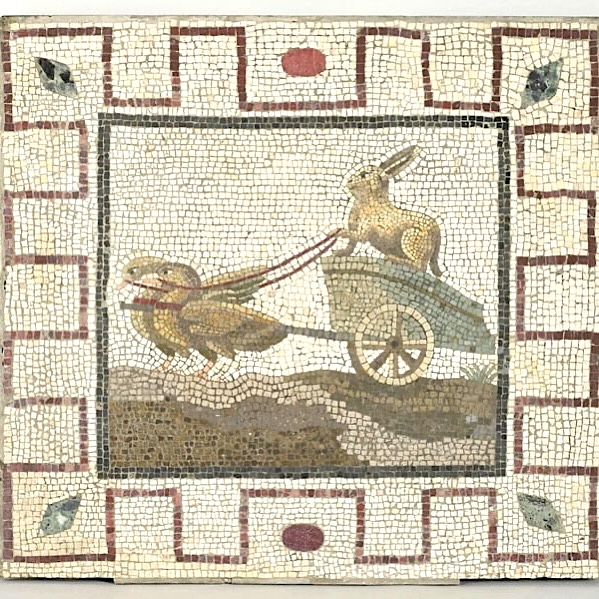
"This kind of humorous scene is an example of asaría, a type of ancient visual joke where animals behave like humans (anthropomorphism). Such mosaics were popular in Roman domestic decoration, often as floor or wall panels in villas and bathhouses."
"The rabbit, a symbol often associated with fertility and speed, paired with the absurdity of it driving a chariot of geese, reflects both Roman wit and their fondness for decorative exuberance."
The Louvre houses a Roman mosaic depicting a rabbit in a chariot pulled by geese, discovered at Hadrian's villa in Tivoli, Italy, dating back to the 2nd century. This mosaic exemplifies asaría, an ancient visual joke wherein animals exhibit human behavior, popular in Roman domestic decor. The rabbit symbolizes fertility and speed, while the scene reflects Roman artistic playfulness alongside more serious themes. Scholars suggest it may reference a line from Ovid's Metamorphoses. The mosaic is part of the Louvre's collection of Greek, Etruscan, and Roman Antiquities, revealing Roman taste for humorous imagery and decorative richness.
Read at Open Culture
Unable to calculate read time
Collection
[
|
...
]